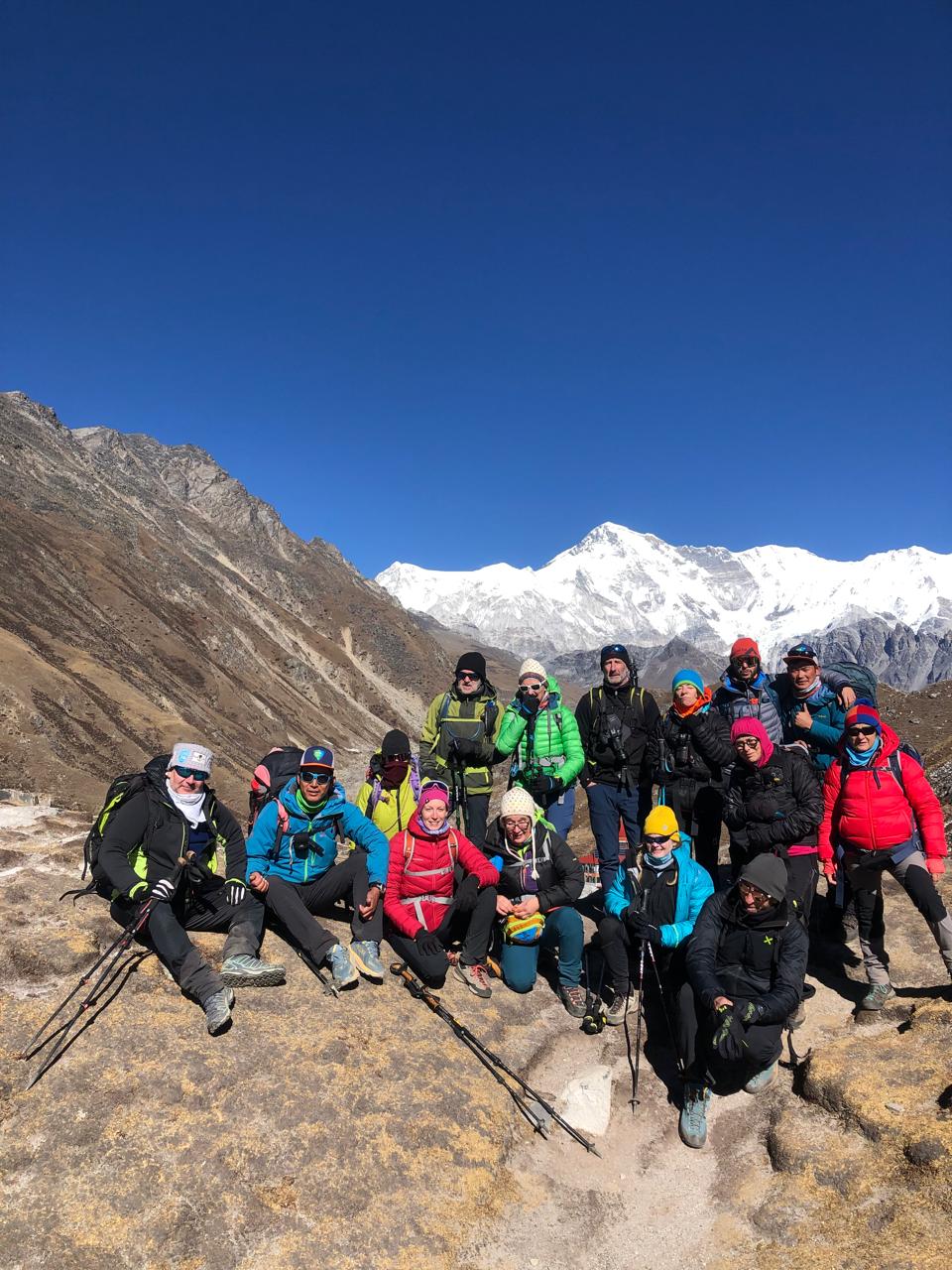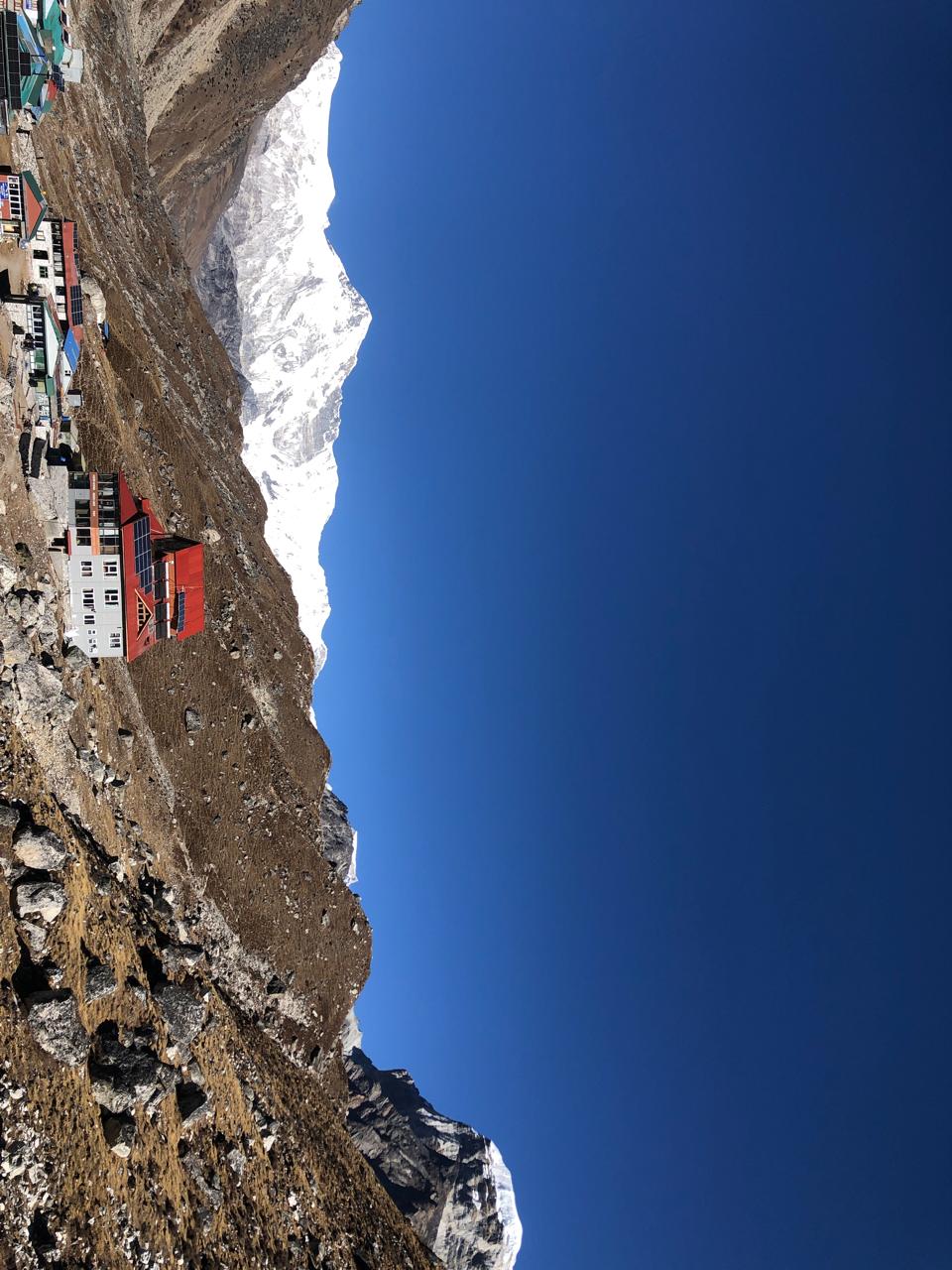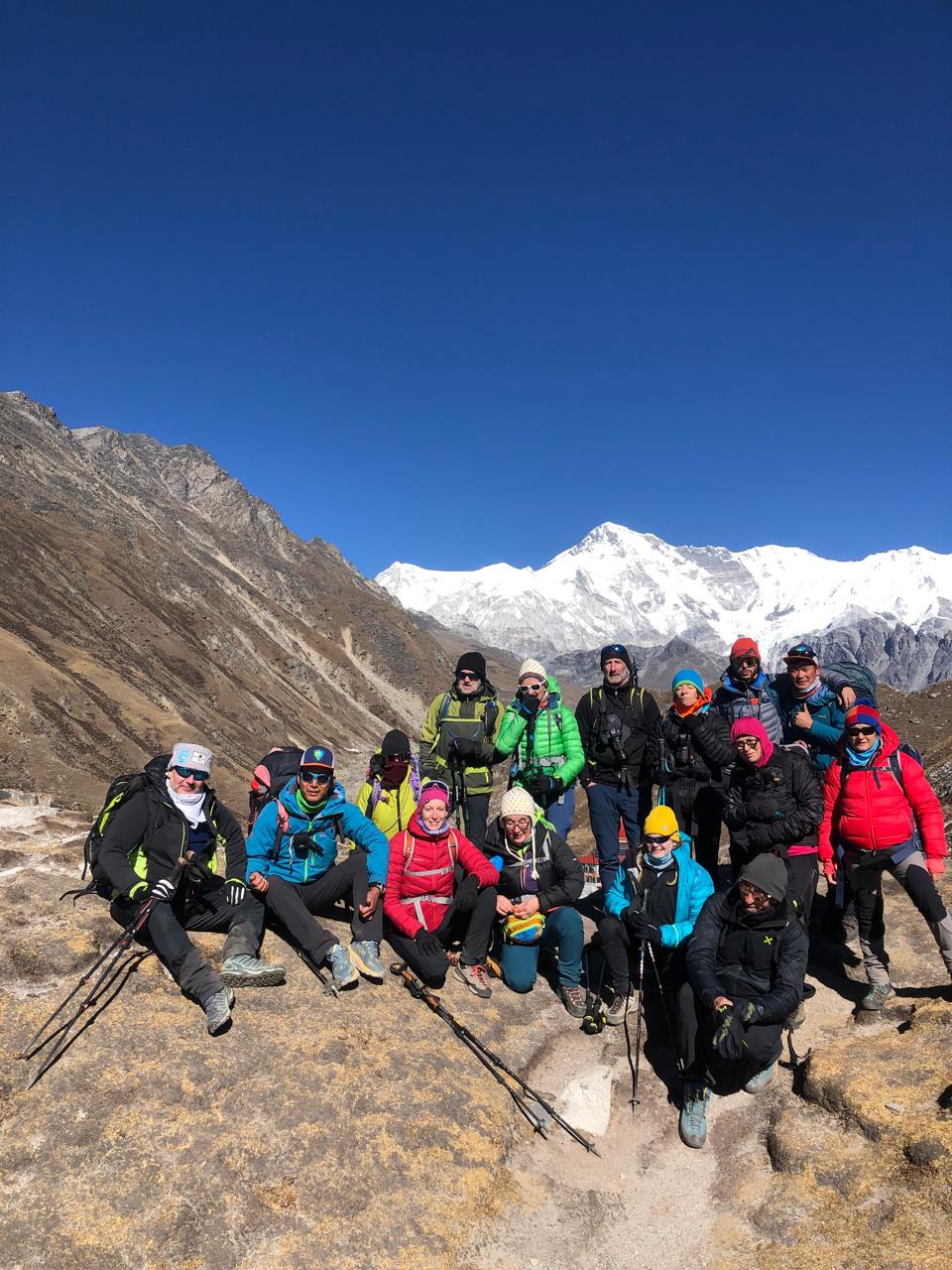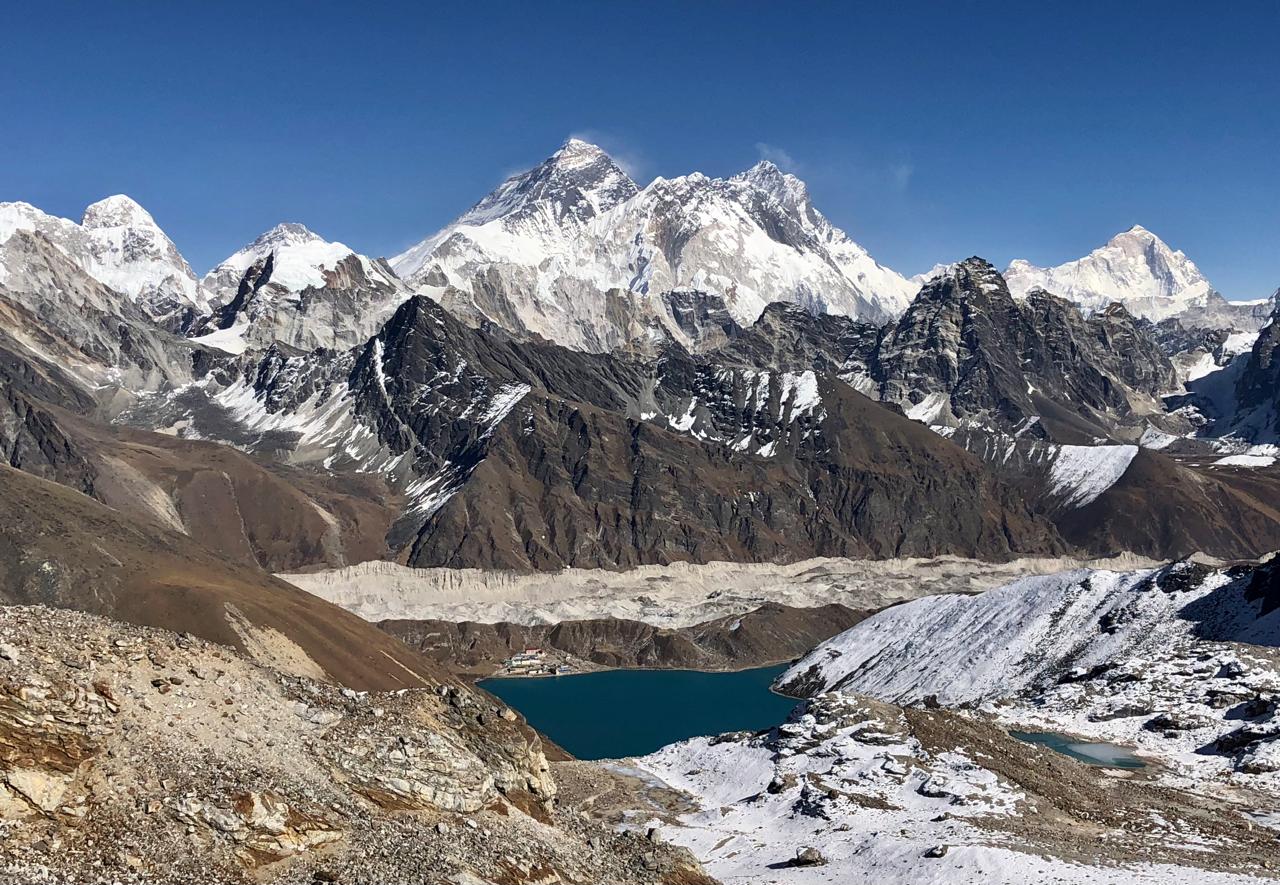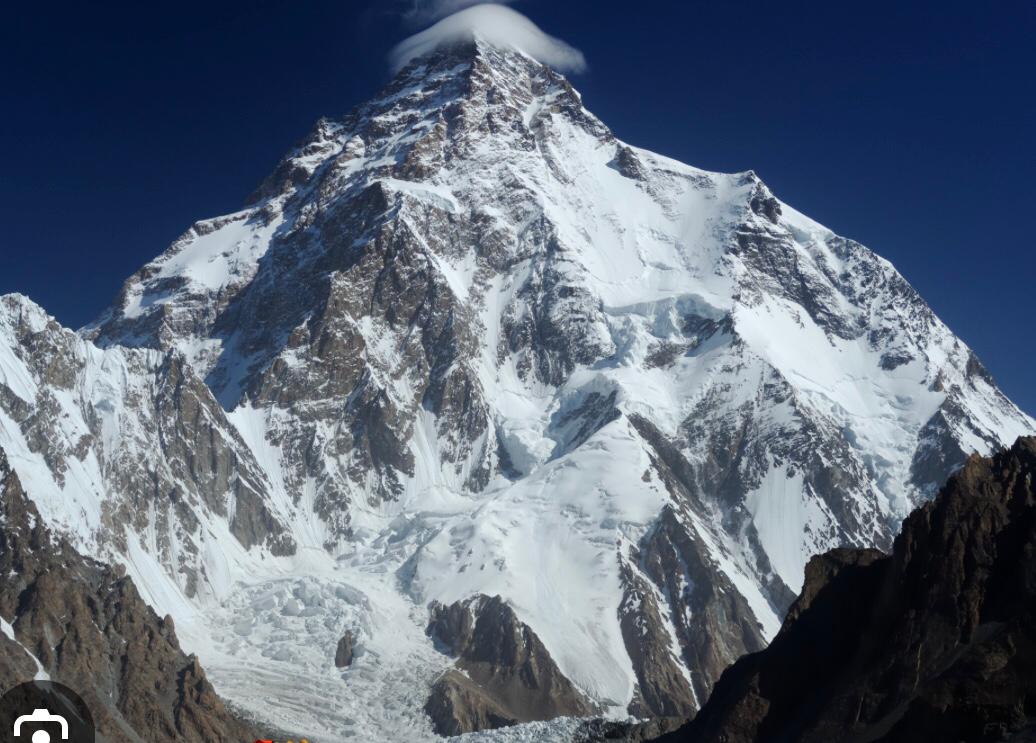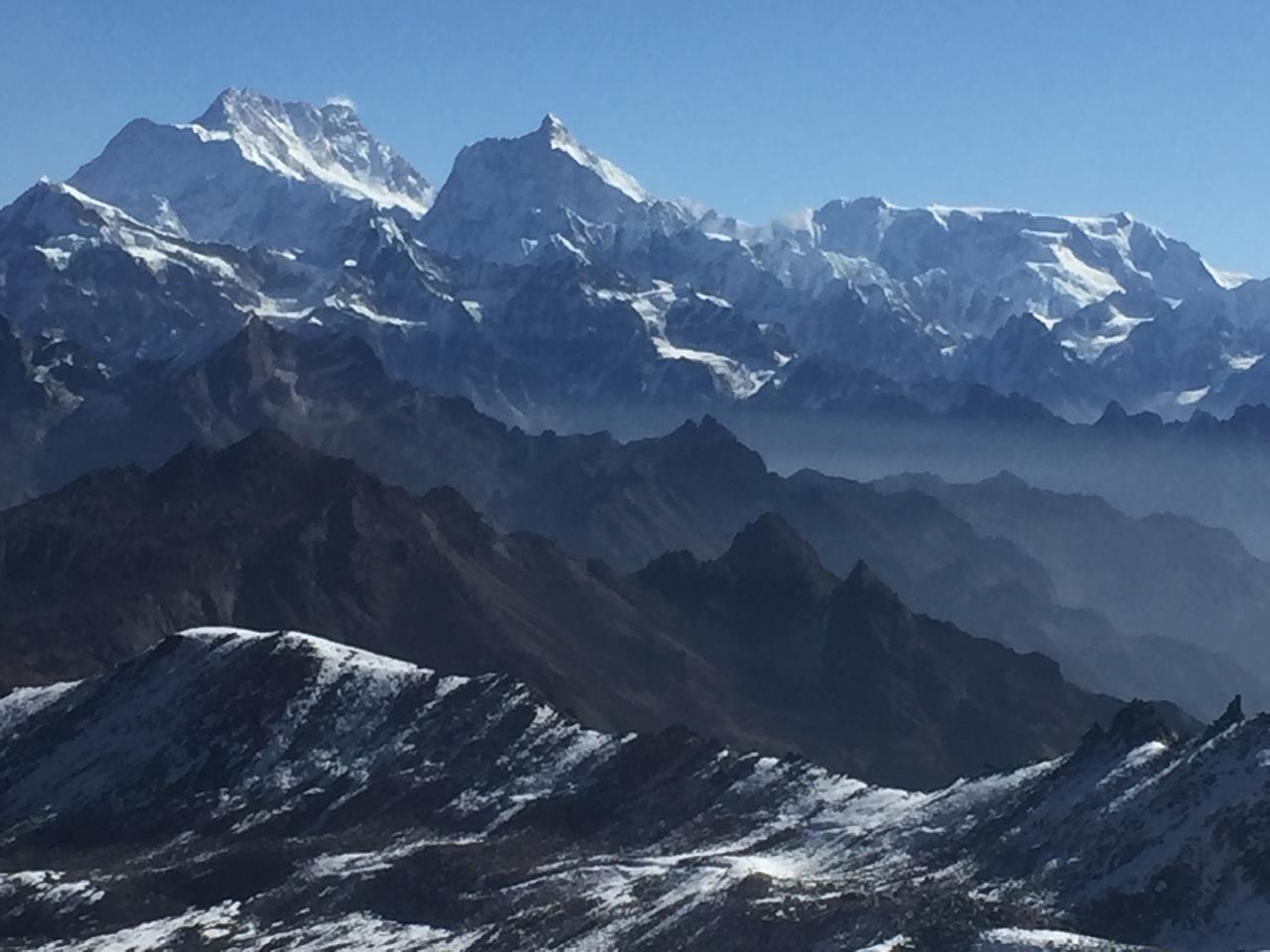If you are looking to climb a mountain above 8,000 meters, then Mt. Cho-Oyu is one of them, ranking 6th among the 8,000-meter mountains. The Mt. Cho-Oyu Expedition is a well-known peak for climbers, located on the Nepal-Tibet border, approximately 70 kilometers west of Mt. Everest. Climbing Mt. Cho-Oyu from the Tibetan side is considered one of the most straightforward routes, with a higher success rate. The normal route ascends the northwest face, starting from the Tibetan side near Nangpa La, an ancient trading route to Nepal. In Tibet, this mountain is also known as the "Turquoise Goddess."
The Mt. Cho-Oyu Expedition journey begins with a flight from Kathmandu to Lhasa, followed by an overland drive. Afterward, the trek leads through a realm of glaciers and towering peaks before reaching the Base Camp. The ascent involves progressing through the Advanced Base Camp and three higher camps before reaching the summit push. The route includes technical sections such as glacier traverse, icefall, snowfields, and crevasse crossings. Climbers rely on fixed ropes for safety and Sherpa support for carrying loads and setting up camps.
Historically, mountaineers have played a key role in measuring the height of Mt. Cho-Oyu. Pioneers like Dyhrenfurth and Shipton contributed to determining its elevation, leading to its recognition as the sixth-highest peak in the world at 8,188m. The first Nepali climber to summit Mt. Cho-Oyu was Ang Phiri Sherpa, who successfully reached the top on April 29, 1987.
Our Mt. Cho-Oyu Expedition itinerary allows for ample acclimatization and expedition logistics, ensuring climbers are well-prepared for the extreme conditions. The best seasons for Mt. Cho-Oyu Expeditions are March to May and September to December, when weather conditions are more stable. During the climb, essential elements such as oxygen supply, climbing gear, and proper route finding techniques play a crucial role in a successful ascent.
Travel Notes:
Best Time to Trek & Climb
-
Spring (April-May): Ideal for clear skies and stable weather conditions.
-
Autumn (October-November): A great season with dry conditions, allowing clear mountain views.
Permits Required:
-
Tibet Travel Permit (for entry into Lhasa and travel across Tibet).
-
Chinese Visa (for travelers entering Tibet).
-
Cho Oyu Base Camp Permit (required for base camp access).
-
Mountaineering Permit (for summit attempts, issued by the Chinese Mountaineering Association).
Experience Needed:
-
Basic mountaineering skills (using ice axe, crampons, and ropes).
-
High-altitude trekking experience and fitness are required.
-
Previous trekking and summit attempts are beneficial.
Acclimatization & Altitude Sickness:
-
Rest days and gradual ascent are essential to acclimate trekkers to high altitudes.
-
Proper hydration, rest, and medication are crucial to prevent altitude sickness.
Route Overview:
The expedition begins with a flight from Kathmandu to Lhasa. After a leisurely day in Kathmandu, the journey continues with a mix of driving and trekking across Tibet, including stops in Phakding, Namche Bazaar, Shigatse, Xegar, and ultimately, the Chinese Base Camp. The trek then leads to Cho Oyu Base Camp, with a period dedicated to climbing to the summit of Cho Oyu. After the summit attempt, trekkers return to Lhasa before flying back to Kathmandu.
Accommodation:
-
Hotels in Kathmandu, Lhasa, Shigatse, and Xegar.
-
Tented camps are at higher altitudes, particularly near the Chinese Base Camp and the Cho Oyu Base Camp.
Duration & Camps:
-
46 days in total, including trekking, acclimatization, summit attempt, and return.
-
Tented camps are used for overnight stays during climbing periods at higher altitudes.
Safety Tips:
-
Acclimatization is key to ensuring summit success and safety.
-
Use experienced guides and porters for safe navigation and climbing.
-
Be prepared for variable weather conditions and potential challenges, including difficult terrain and altitude-related issues.
Cultural & Natural Highlights:
-
Explore Tibetan culture and visit significant historical sites in Lhasa, including the Potala Palace and Jokhang Temple.
-
Beautiful landscapes of the Tibetan Plateau with views of Cho Oyu and other surrounding peaks.
-
Enjoy interactions with the local Tibetan people, known for their warm hospitality and traditions.
